The history of brooms can be traced back to ancient Egypt, where they were made from thin twigs tied to a handle. The Greeks and Romans also used brooms made of twigs or reeds tied together. In the Middle Ages, people began to use brooms made of straw, and by the 18th century, brooms were made of broomcorn, a type of sorghum still used today. Today, brooms are one of the most basic and essential household cleaning tools used to sweep floors, carpets, and other surfaces. They are made in various shapes and sizes, using different materials, and have many applications. Read More…
Gordon Brush® is an ISO 9001:2015 certified manufacturer of standard & specialty brushes for the commercial, aerospace, military, medical & electronics industries.
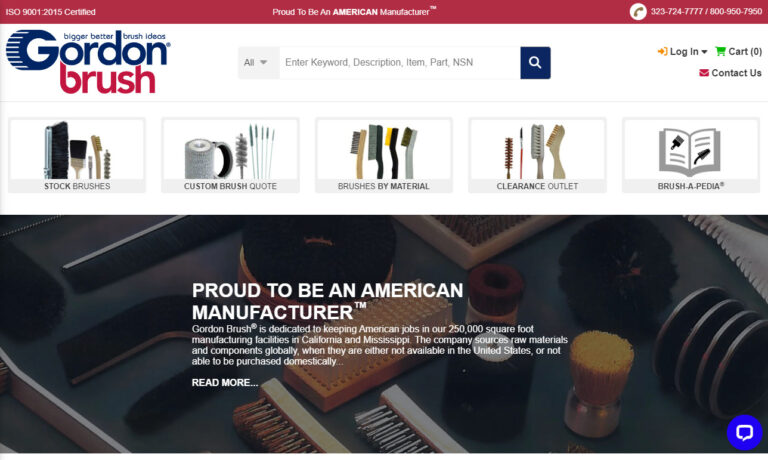
Spiral Brushes manufactures industrial brushes, custom brushes, power brushes, wire brushes, conveyor cleaning brushes, steel brushes, stainless steel brushes, brass brushes, nylon brushes, abrasive nylon brushes, and natural fiber brushes.
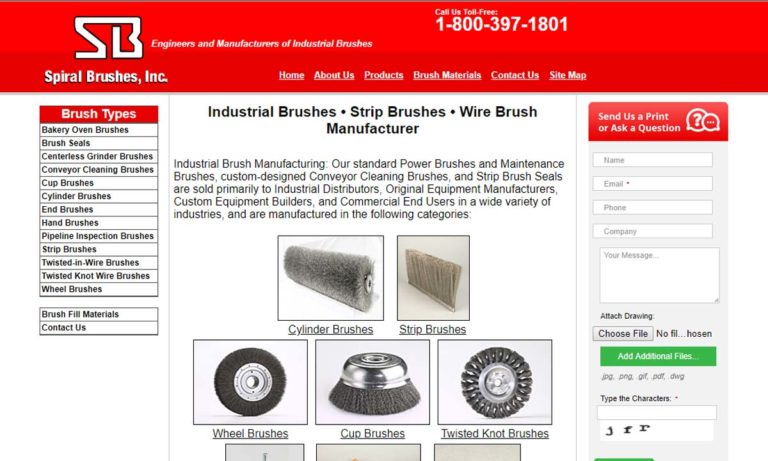
The Industrial Brush Co. is a provider of brushes. Since 1946, we have been committed to providing high quality brushes and customer service for a variety of industrial applications and marketplaces.

Justman Brush manufactures of line of Industrial line of metal-free fused brooms and sweeps. Our manufacturing capabilities allow us to design, engineer, and manufacture brooms and sweeps to your exact specifications. We also have a full line of color-coded metal-free brooms and sweeps specially designed for foodservice and food production industries that come in every shape and size needed....
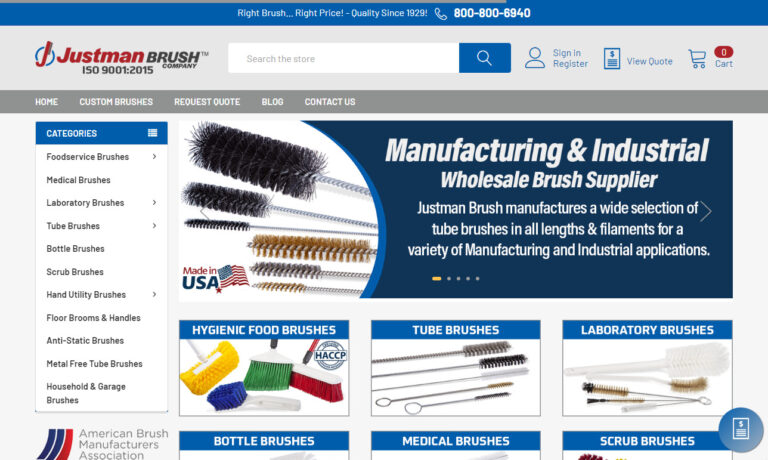
Precision Brush Company is an industry leader that has the technology, expertise and experience to satisfy all of your brush requirements.
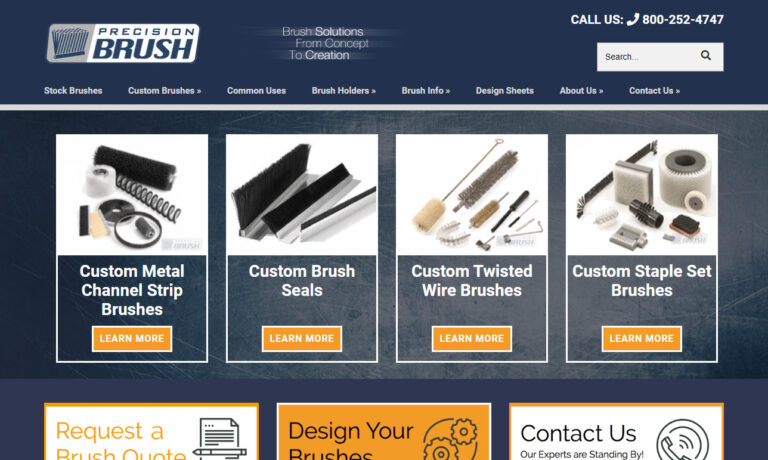
Braun Brush is committed to manufacturing quality brushes using a variety of methods. We offer convenient purchasing of the most extensive brush line available & a unique design-your-own brush service on the web.
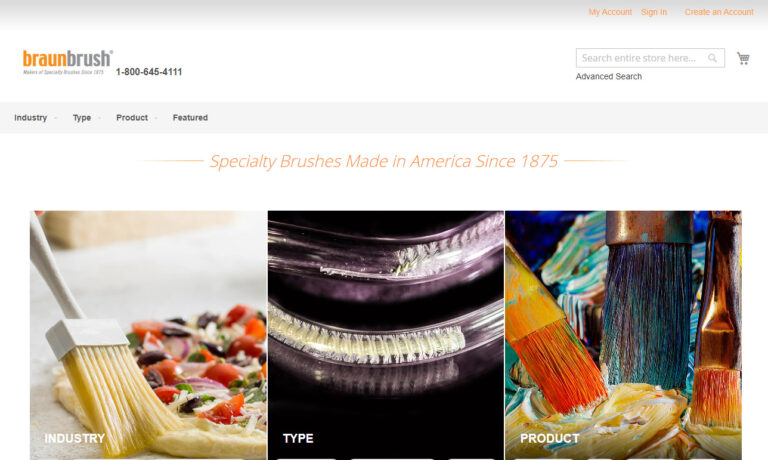
For over 30 years, Tanis has been a leading brush manufacturer. Tanis has put innovation to work in everything we do, using the latest technology, materials, manufacturing advancements and engineering expertise.

More Broom Manufacturers

How are Brooms Made?
Making a broom involves tying a bundle of bristles or straws and attaching them to a handle. The bristles are bundled together and then attached to a handle, which can be made of wood, plastic, or metal. Different materials are used to make broom bristles, depending on the intended use of the broom. Here are some common materials used to make broom bristles and their properties:
Broomcorn: Broomcorn is a sorghum plant grown primarily for its long, straight, and stiff fibers. Brooms made of broomcorn are sturdy and durable, making them ideal for outdoor use.
Plastic: Plastic bristles are becoming more popular due to their durability and ease of cleaning. They are also heat resistant, making them ideal for high-temperature environments.
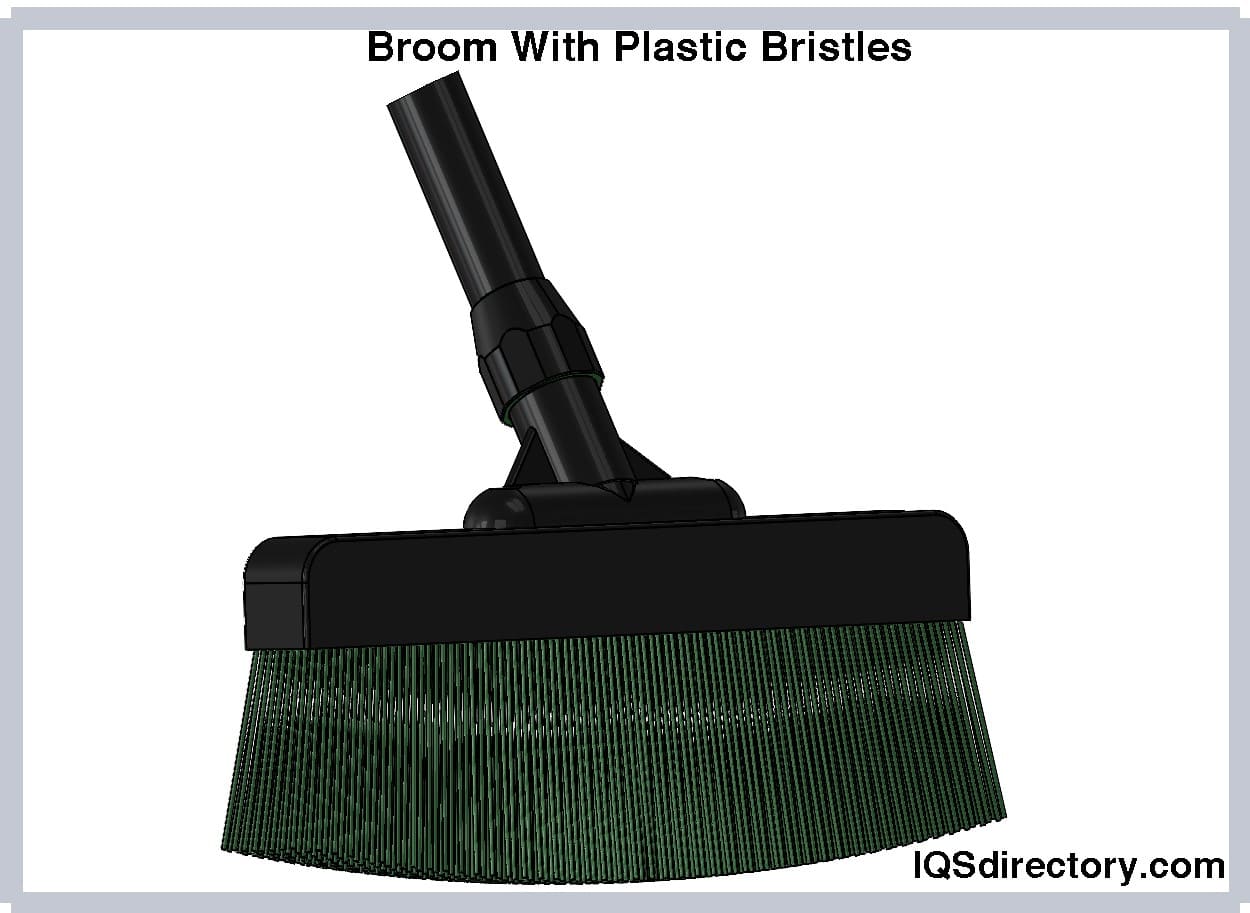
Horsehair: Horsehair bristles are soft and flexible, ideal for cleaning delicate items like artwork or antiques. They are also static-free, making them ideal for cleaning electronics.
Coconut fiber: Coconut fiber bristles are tough and durable, making them ideal for cleaning rough surfaces, such as concrete or pavement. They are also resistant to water and mildew in outdoor applications.
Tampico: Tampico is a natural fiber from the Mexican agave plant. Tampico bristles are stiff and durable, making them ideal for heavy-duty cleaning tasks, such as scrubbing floors or cleaning grout.
Different Types of Brooms
There are several types of brooms, each with a specific application. The traditional household broom is a standard broom with long bristles used to sweep floors. Another type of broom is the push broom, which has shorter, stiffer bristles and is used for heavier-duty cleanings, such as sweeping a garage or workshop. Finally, the whisk broom is a small broom with short, stiff bristles for sweeping up small messes, such as crumbs or pet hair.
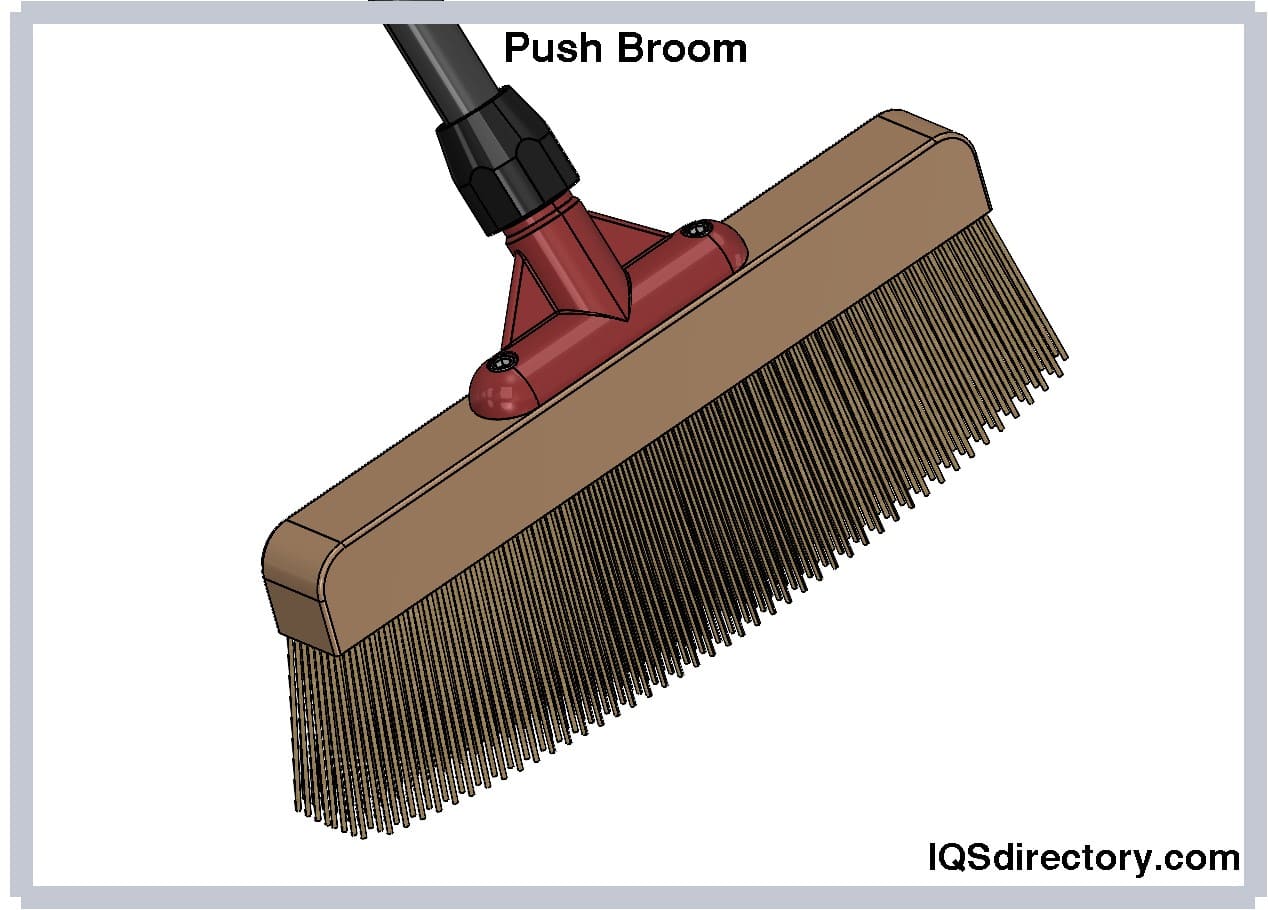
Limitations to Brooms
One limitation of brooms is that they are not effective for cleaning certain surfaces, such as carpets or upholstery. For these surfaces, specialized cleaning tools, such as vacuum or steam cleaners, may be required. Additionally, brooms can be labor-intensive, and individuals with mobility or strength issues may find them difficult to use.
What Damages a Broom?
Brooms can become damaged over time due to various reasons. For example, the bristles can wear down, tangle, or break, and the handle can become loose or cracked. Here are some common factors that can damage a broom:
Wear and tear: Brooms are subjected to regular wear and tear, which can cause the bristles to become worn down or damaged. Over time, the bristles may become shorter or break, making the broom less effective at cleaning.
Exposure to moisture: Exposure to moisture can cause the bristles to become limp or moldy, especially if the broom is left damp after cleaning. This can weaken the bristles and shorten the life of the broom.
Exposure to heat: Exposure to heat can cause the bristles to become brittle and break more easily. This can occur if the broom is left in direct sunlight or a hot, dry environment.
Incorrect storage: Brooms stored improperly can become bent or misshapen, affecting their ability to clean effectively. Additionally, storing a broom with the bristles touching the ground can cause the bristles to become frayed or bent.
Heavy use: Brooms used frequently or for heavy-duty cleaning tasks may become damaged more quickly than those used less frequently. This can cause the bristles to become worn down or break more easily.
To prolong the life of a broom, it should be stored properly after use and not subjected to excessive heat or moisture. To extend the life of a broom, it should not be left standing on its bristles. It should also be cleaned regularly and allowed to dry completely before being used again.
Benefits of Brooms
Brooms benefit us in several ways. They are an essential tool for keeping our homes clean and tidy and easy to use and maintain. Brooms are also relatively inexpensive and widely available. Additionally, brooms are environmentally friendly, as they do not require electricity or other energy sources to operate.
Applications of Brooms
Brooms have a variety of practical applications in daily life, including:
Cleaning: Brooms are commonly used to sweep floors, sidewalks, and other surfaces to remove dirt, dust, and debris.
Yard work: Brooms can be used to sweep leaves and other yard waste from outdoor spaces.
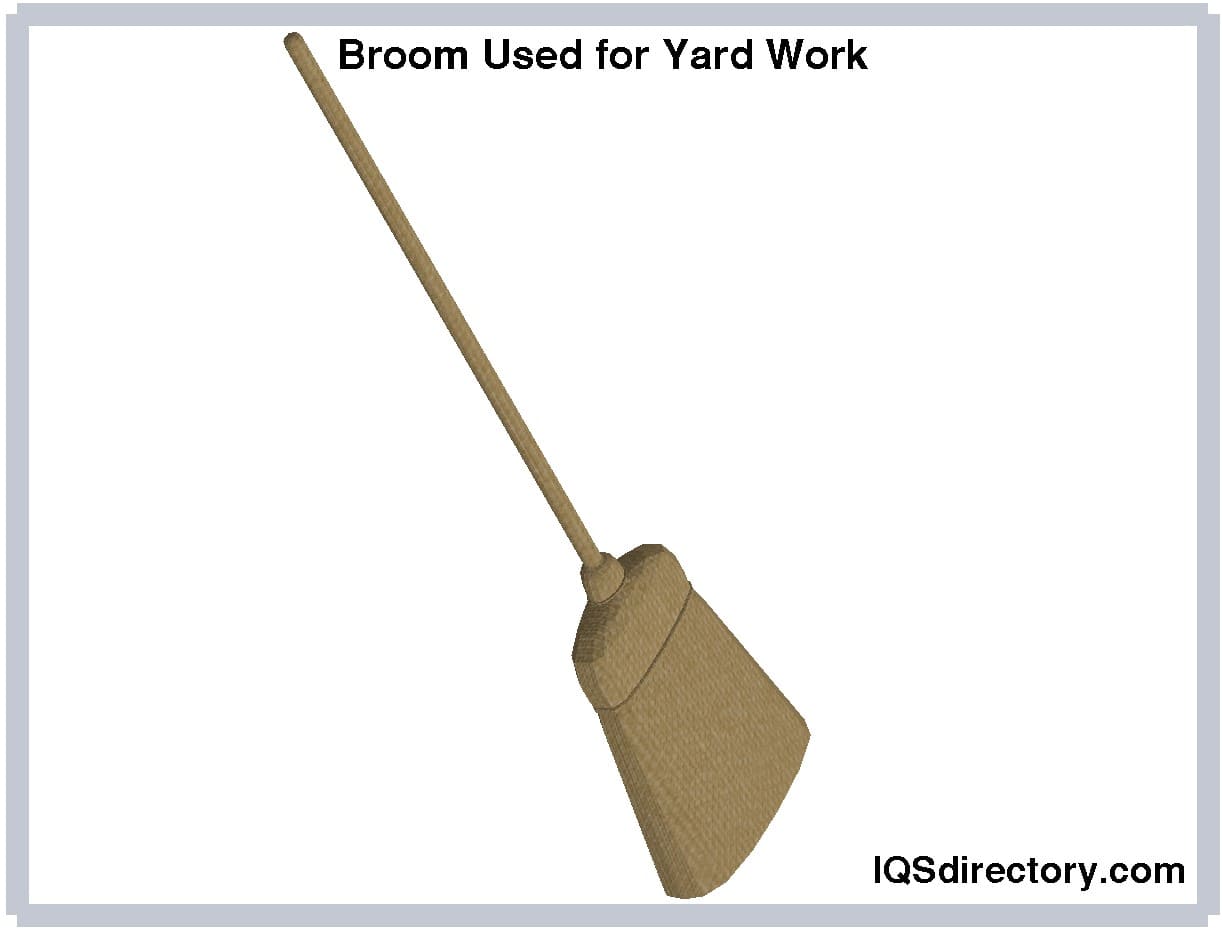
Sports: Brooms are used in curling to sweep the ice in front of a moving stone to control its speed and direction.
Art: Brooms can be used as an artistic medium to create unique textures and patterns in paintings and other works of art.
Decoration: Decorative brooms can add a rustic or whimsical touch to home decor.
Transportation: In some cultures, brooms are used to transport goods, such as baskets of produce or firewood, by strapping them onto the end of the broomstick.
Choosing the Correct Broom Manufacturer
To ensure you have the most positive outcome when purchasing brooms from a broom manufacturer, it is important to compare several companies using our directory of broom manufacturers. Each broom manufacturer has a business profile page highlighting their areas of experience and capabilities, along with a contact form to directly communicate with the manufacturer for more information or request a quote. Review each broom manufacturer business website using our patented website previewer to quickly learn what each company specializes in. Then, use our simple RFQ form to contact multiple broom manufacturers with the same form.

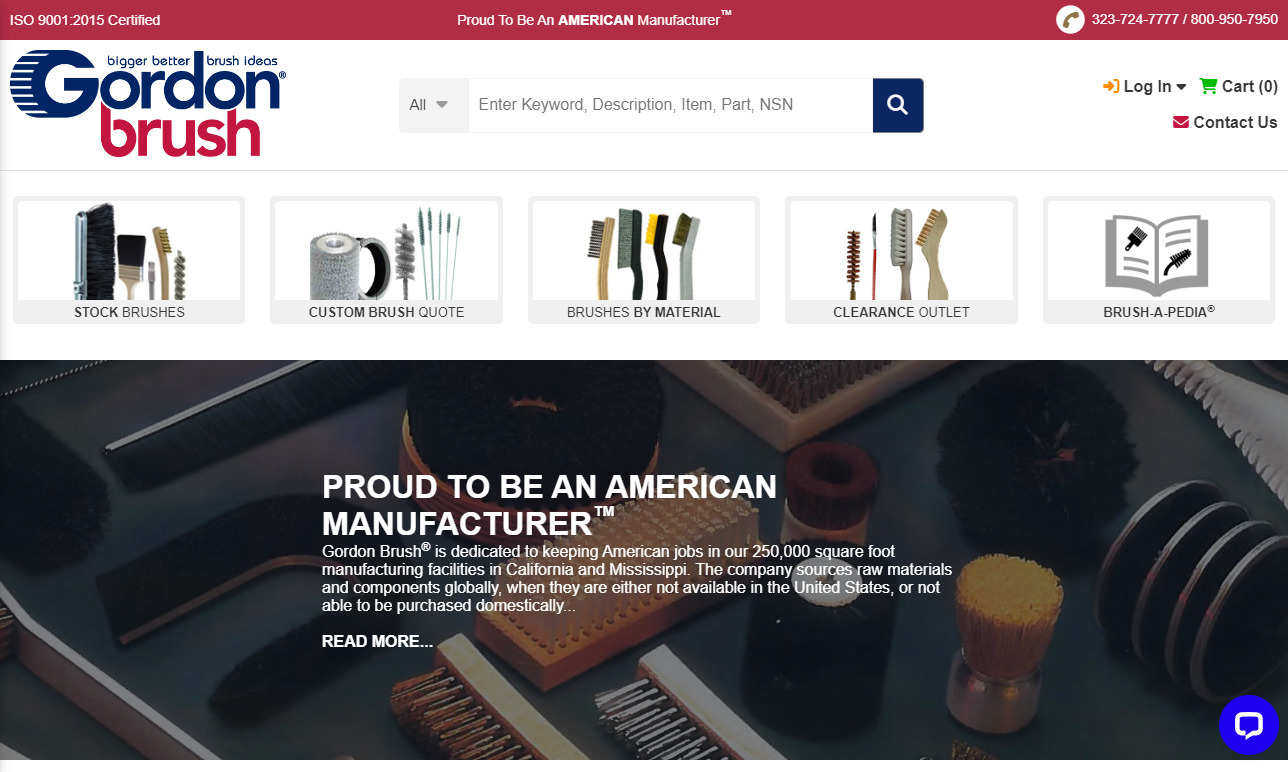
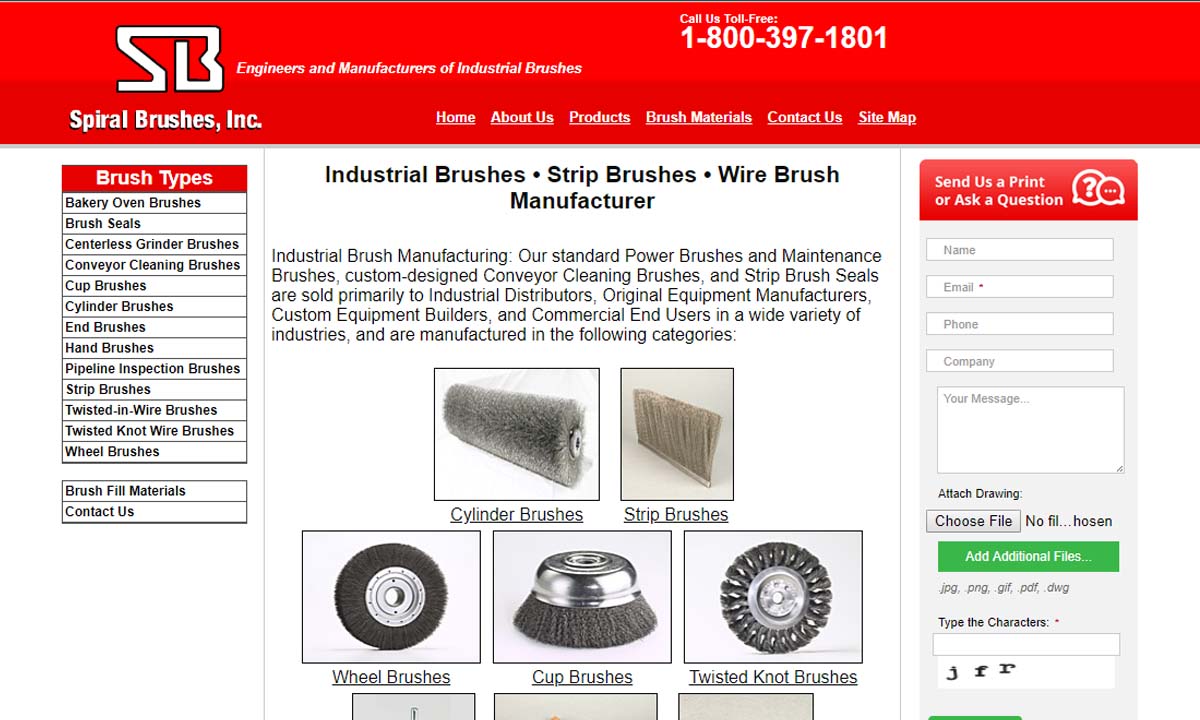

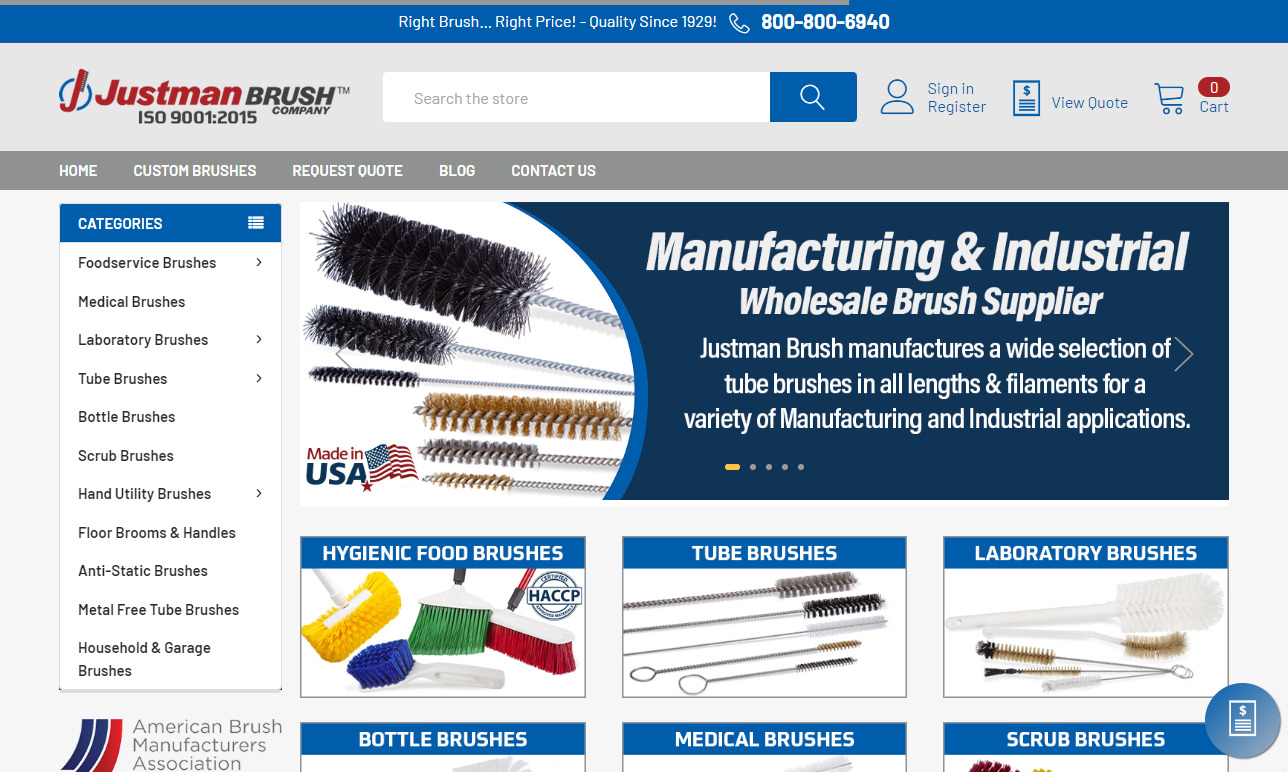
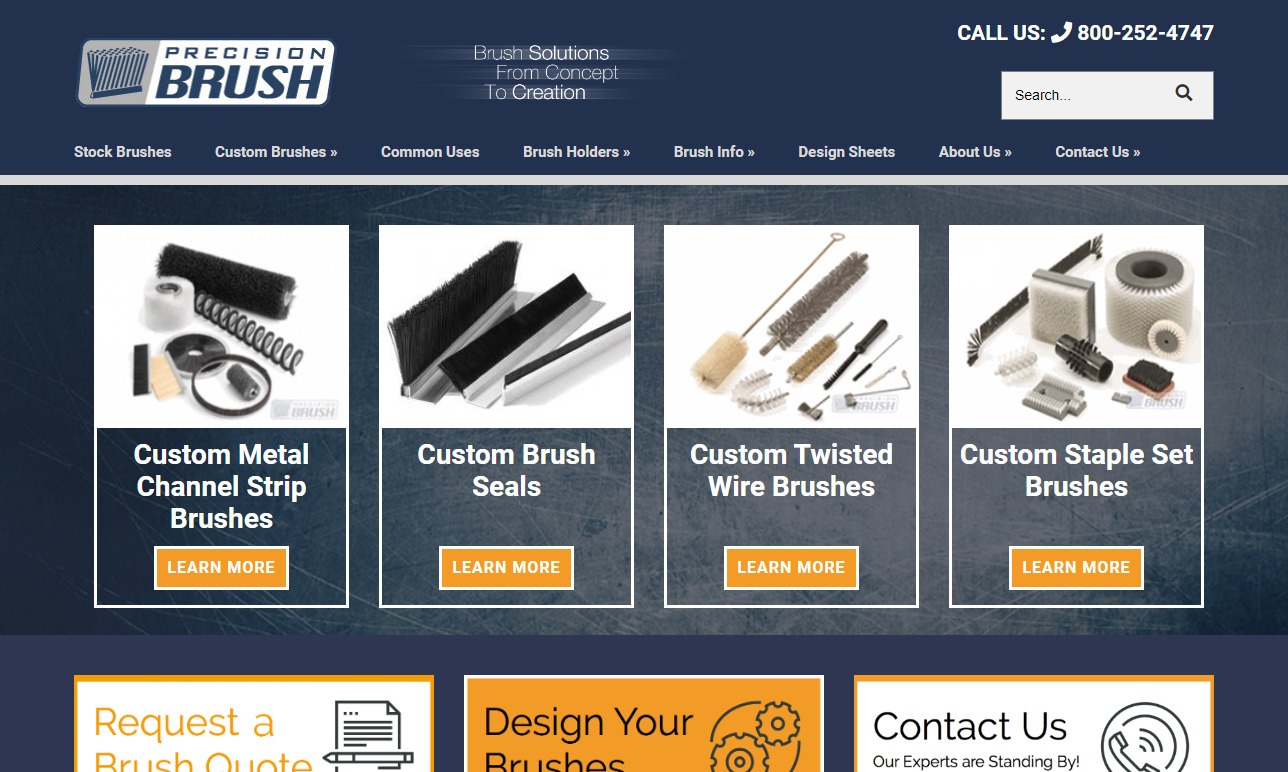

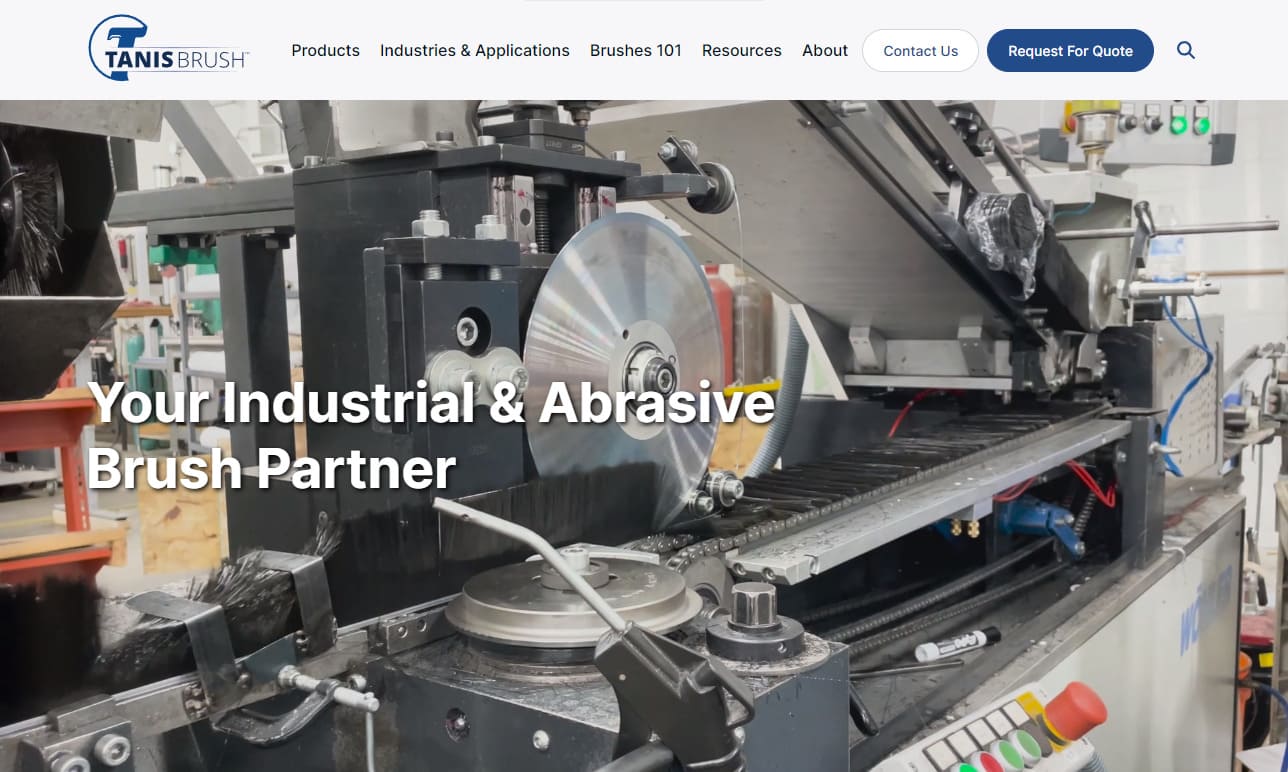
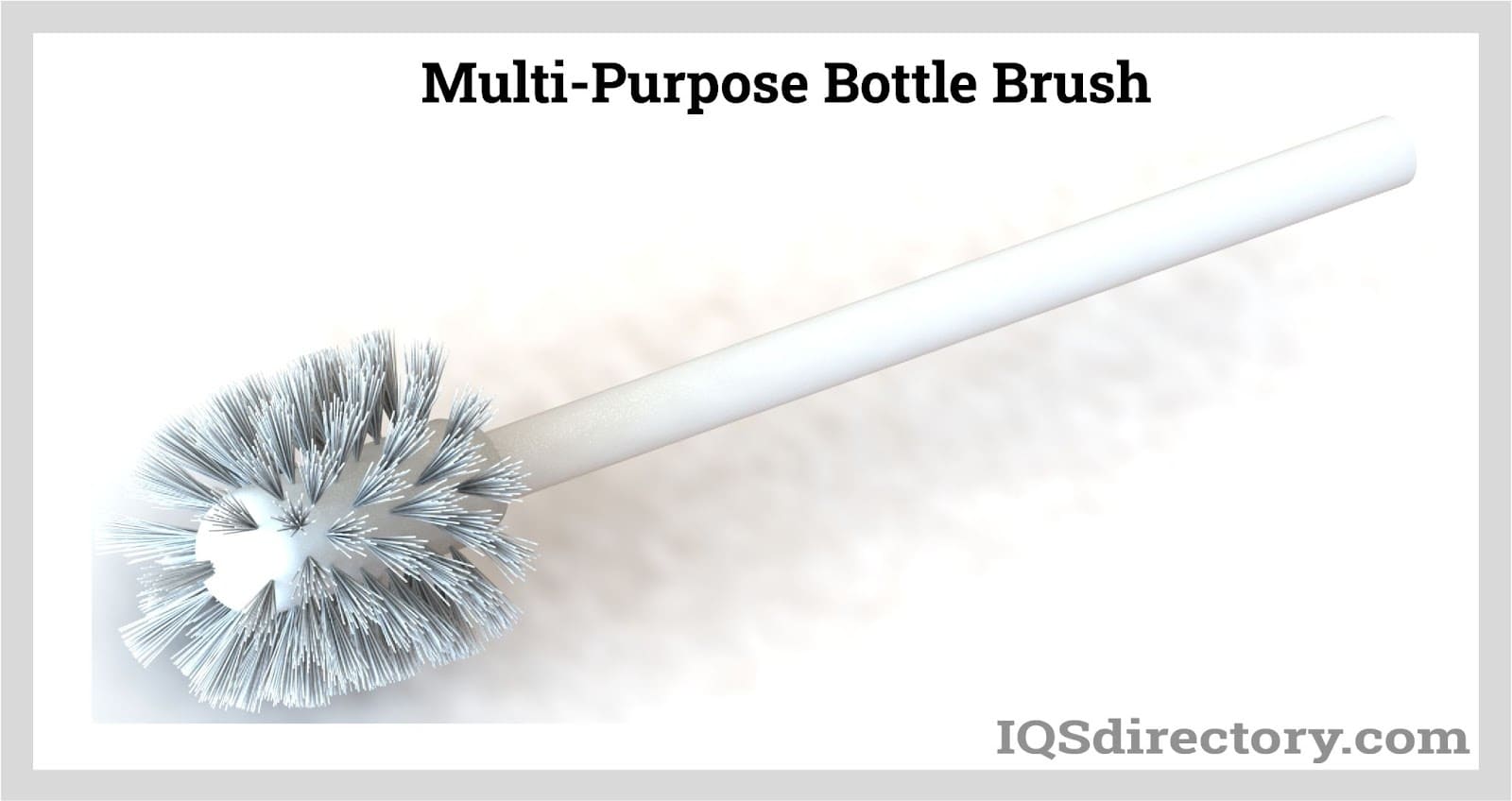
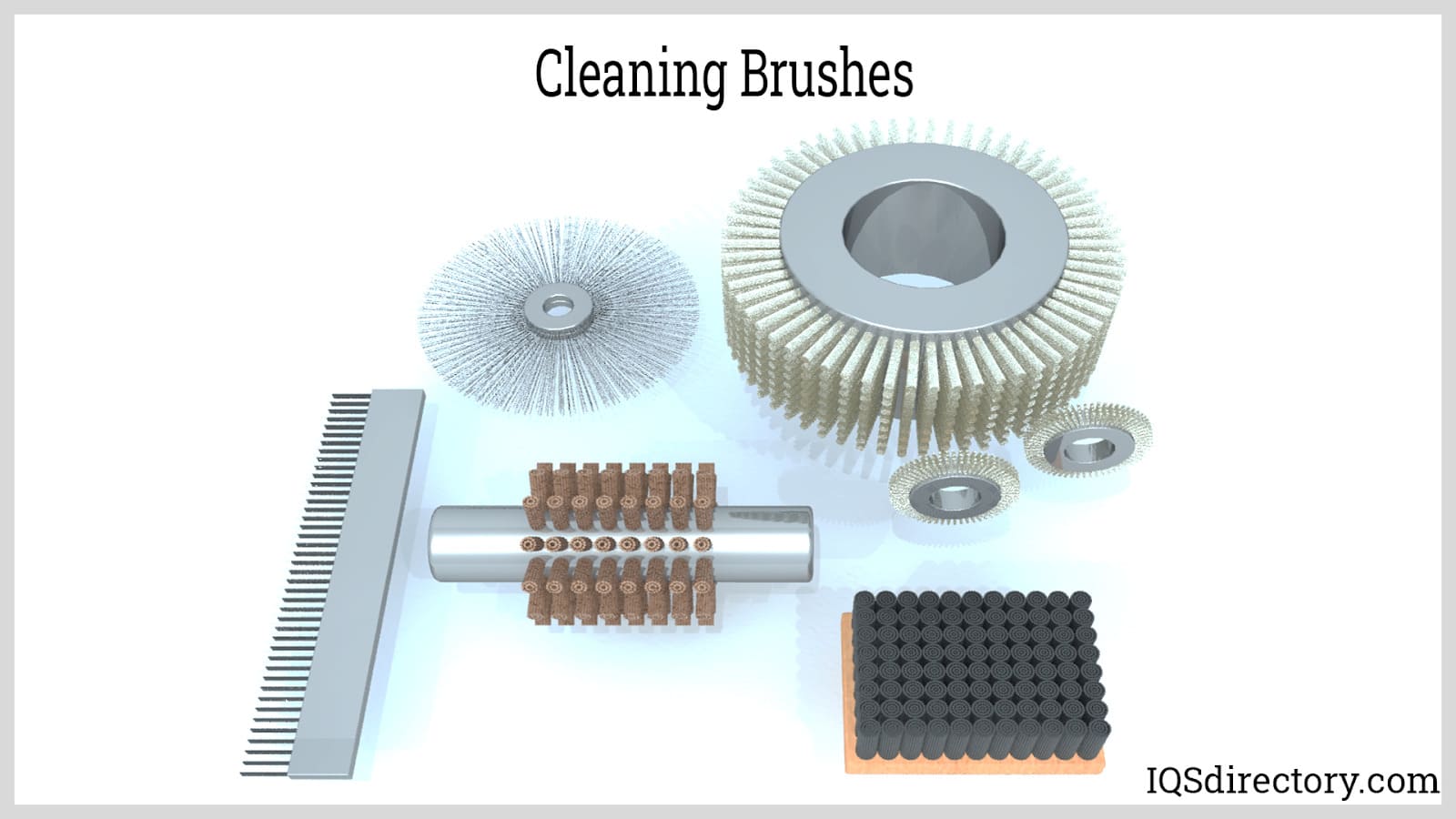
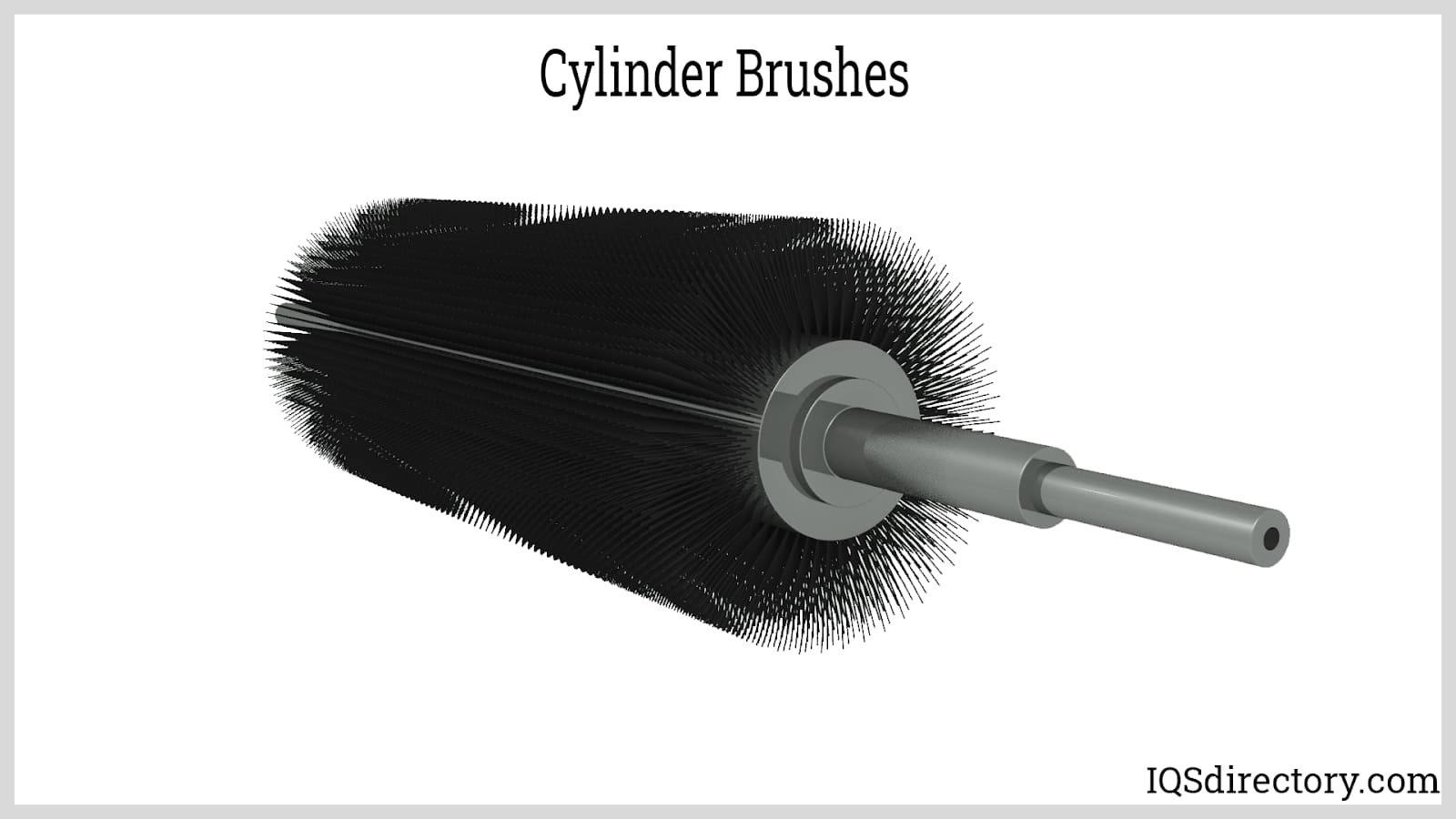
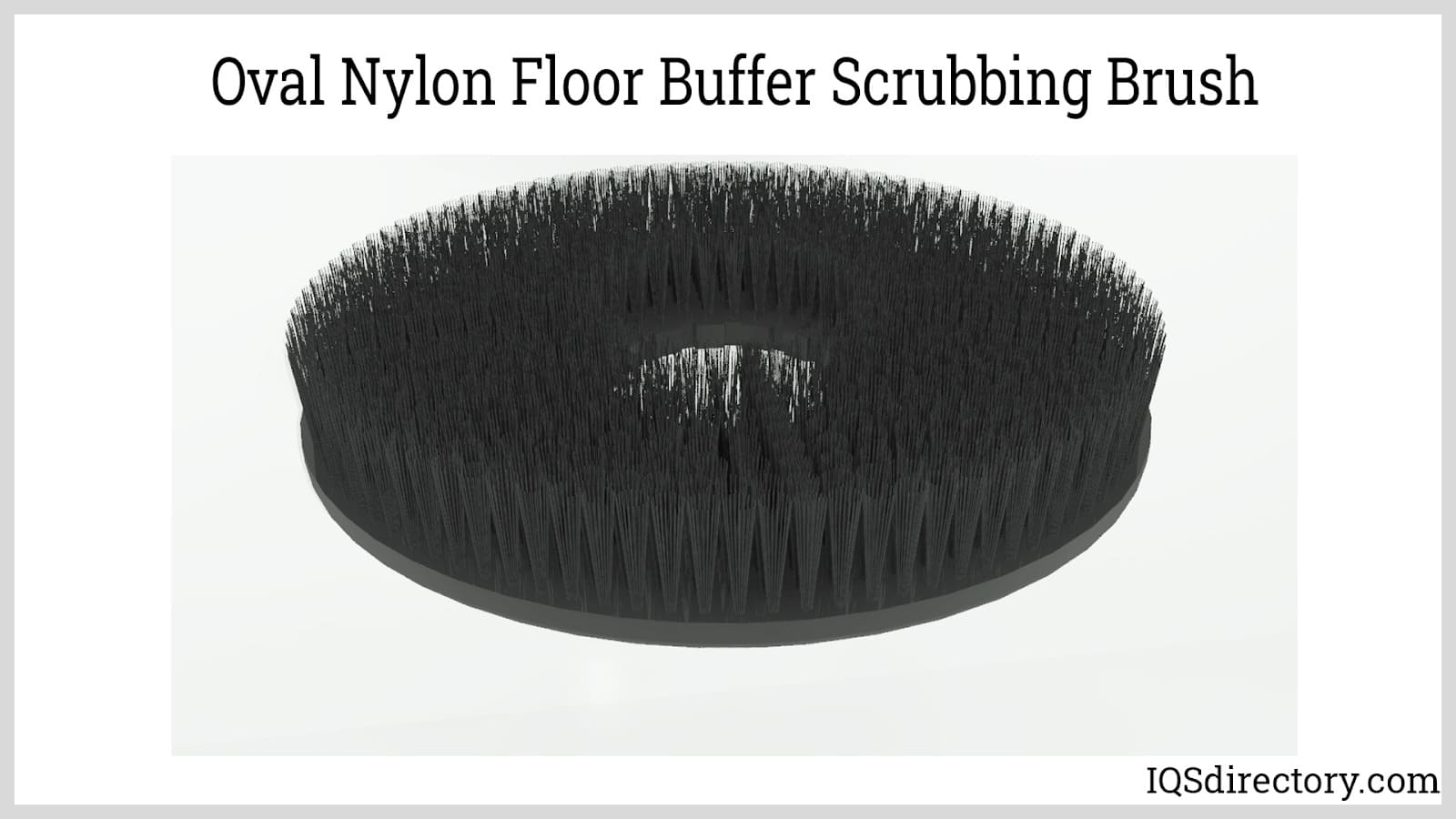
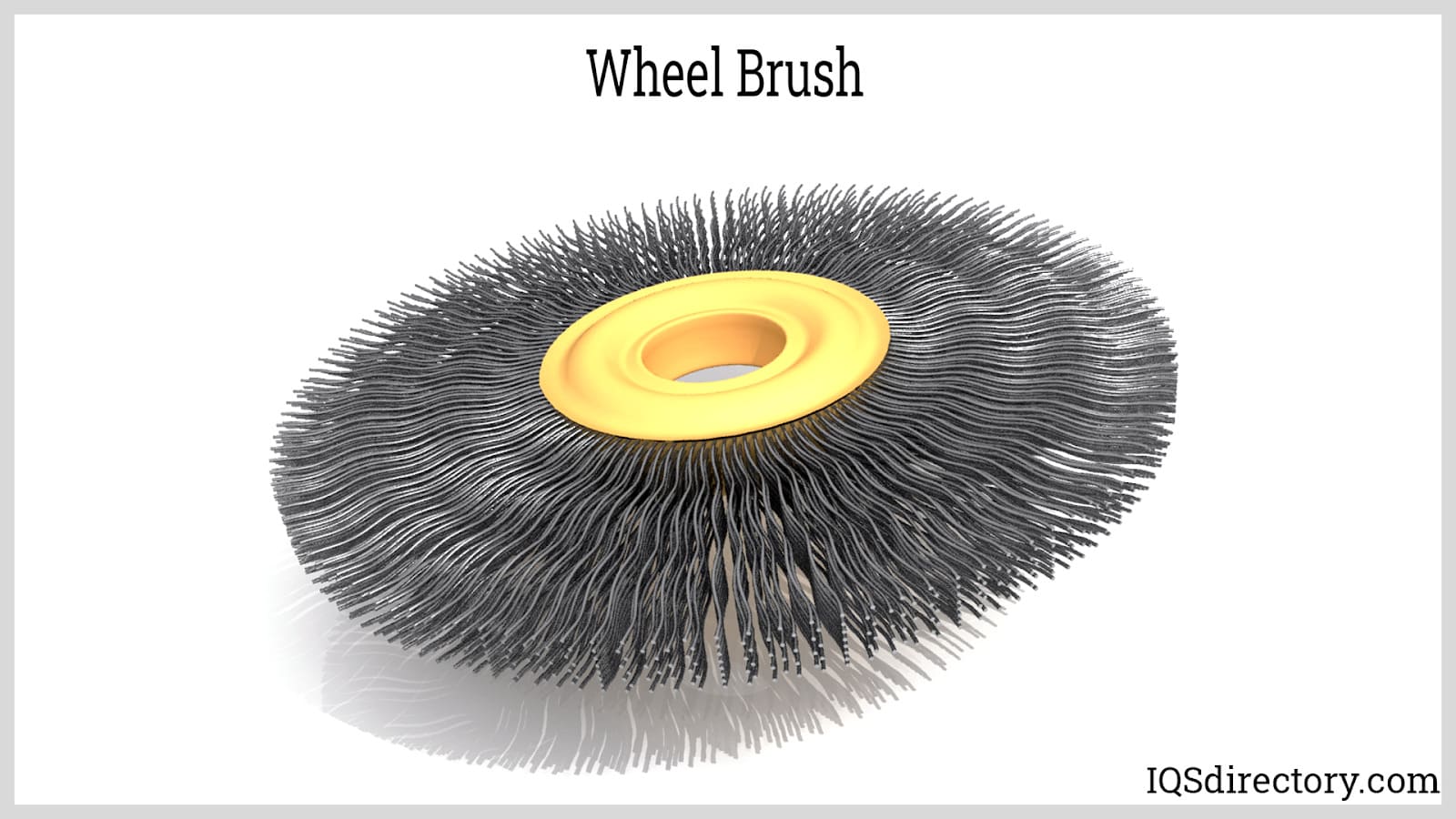
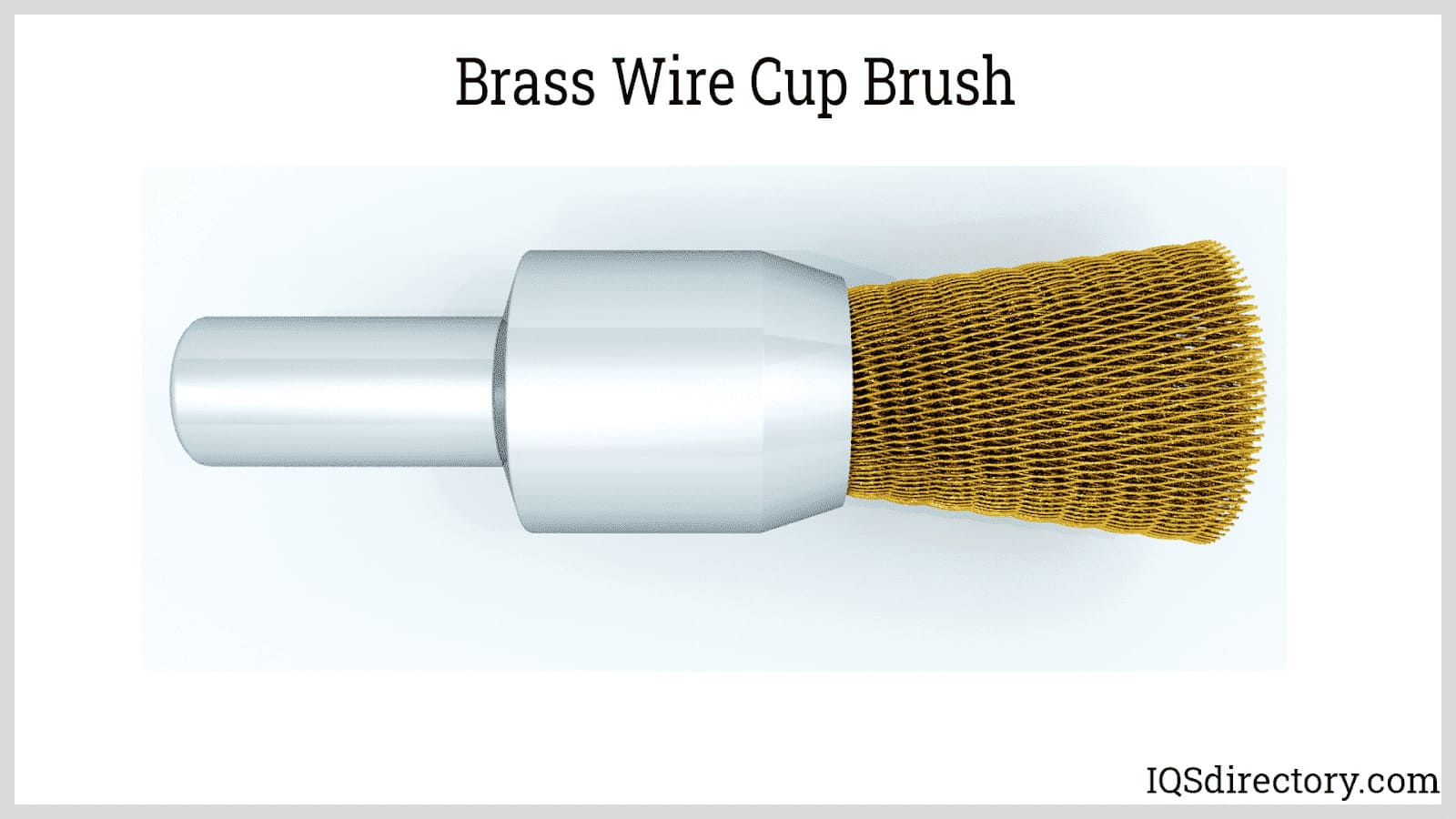

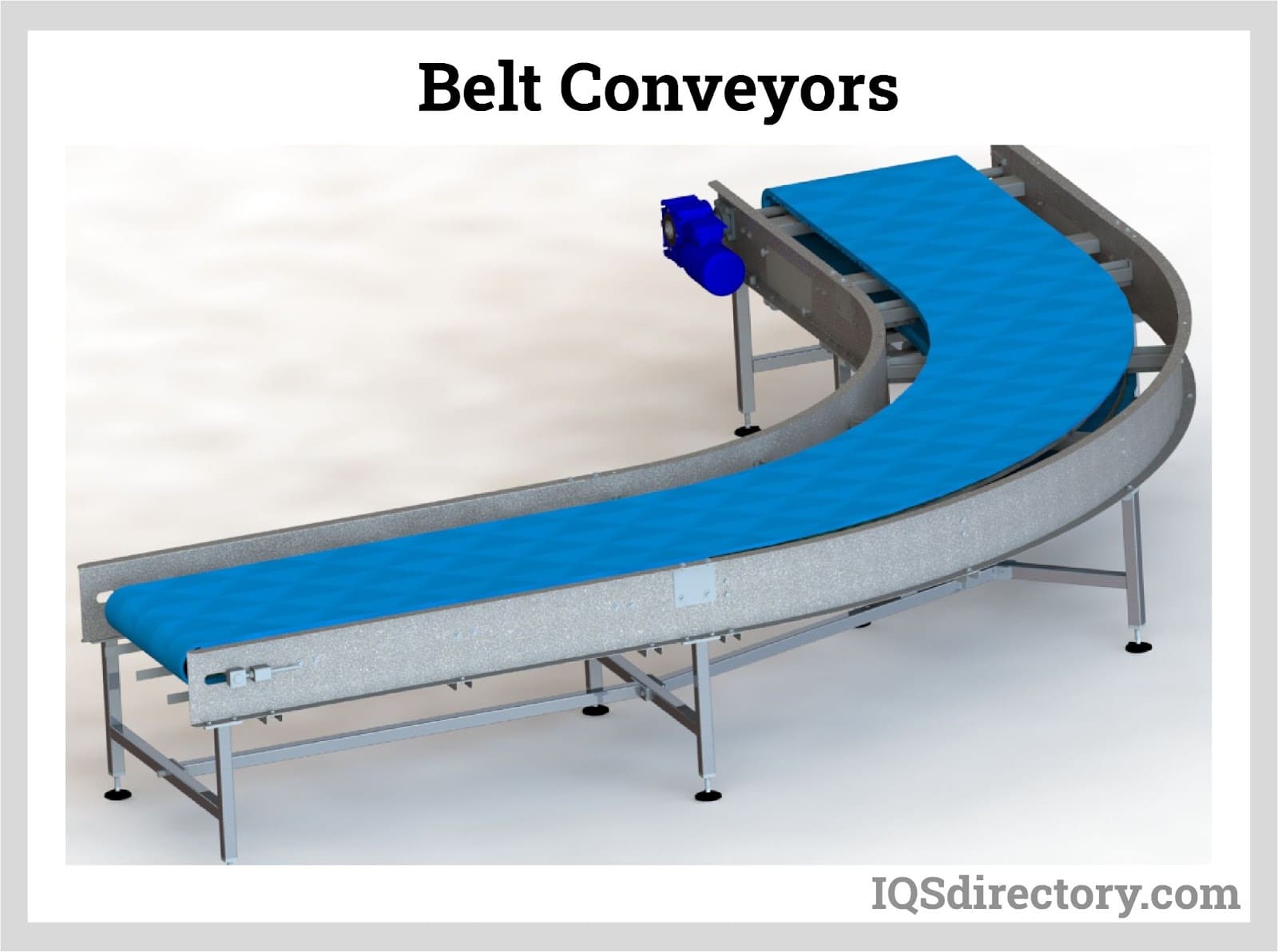




 Brooms
Brooms Brushes
Brushes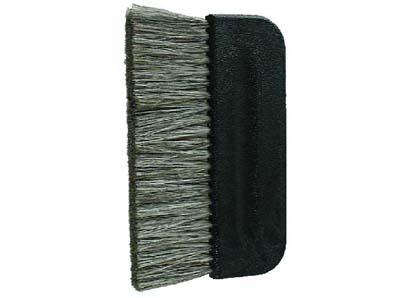 Static Eliminator
Static Eliminator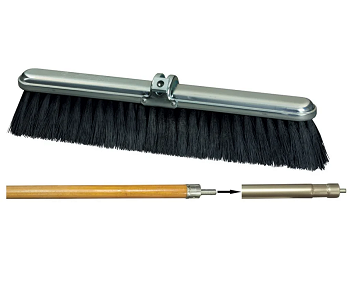 Sweepers
Sweepers Castings & Forgings
Castings & Forgings Bulk Material Handling
Bulk Material Handling Electrical & Electronic Components
Electrical & Electronic Components Flow Instrumentation
Flow Instrumentation Hardware
Hardware Material Handling Equipment
Material Handling Equipment Metal Cutting Services
Metal Cutting Services Metal Forming Services
Metal Forming Services Metal Suppliers
Metal Suppliers Motion Control Products
Motion Control Products Plant & Facility Equipment
Plant & Facility Equipment Plant & Facility Supplies
Plant & Facility Supplies Plastic Molding Processes
Plastic Molding Processes Pumps & Valves
Pumps & Valves Recycling Equipment
Recycling Equipment Rubber Products & Services
Rubber Products & Services